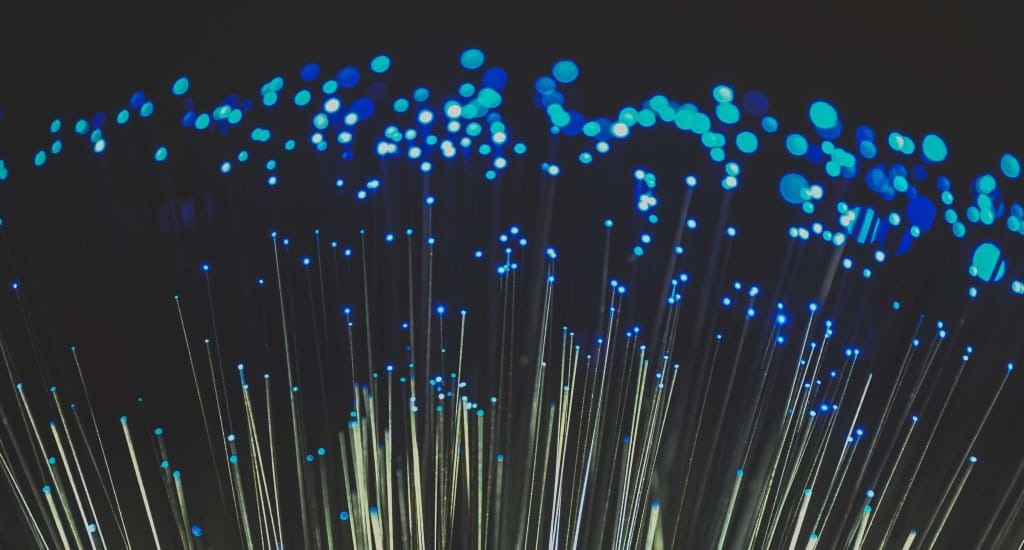
Fiber
Growth is spurred by industry desire to stay ahead of future fiber demand.

 Illustration of lit fiber
Illustration of lit fiber
June 27, 2024 – A Verified Market Research report released on Tuesday indicates that the dark fiber market, valued at $5 billion in 2023, is expected to reach $12.81 billion by 2031.
The growth will be driven by the increasing need for high-speed internet, with fiber offering reliable speed and capacity, the expansion of cloud services and Internet of Things for extensive data storage, and the deployment of 5G networks for enhanced performance, said the report.
Dark fiber is unlit fiber optic cables usually consisting of unused or excess cables that ISPs can lease or purchase to expand their networks. Dark fiber construction is increasing due to enterprise demands to ensure preparedness for future technological advancement and the rise of long-term data traffic.
Despite challenges such as high costs to deploy, regulatory issues, and the complexity of installing and maintaining networks, the report found that the market continues to grow at a compound annual growth rate of 14.39 percent.
Major internet service providers, including AT&T, Verizon, NTT Data, Comcast and Consolidated Communications rely on dark fiber to meet the demand for secure, private, and scalable networks. These companies use dark fiber to enhance network capacities, support high-speed data transmission, and enable advanced technologies.
“Dark Fiber Service offers dedicated fiber transport and flexible configuration capabilities,” AT&T stated. “It enables agencies to design their own optical networks, connect their own electronics to fiber strands, and modify their networks as needed. [Dark Fiber] provides physical strands of fiber between service delivery points and may also be terminated at an AT&T colocation.”
Experts disagree on the benefits and pitfalls associated with dark fiber and associated open access networks, where multiple internet service providers share a single network.
Some industry experts warn that attracting service providers to these dark fiber networks can be challenging, especially in rural areas.
Valerie Wimer, vice president of business development for the consulting firm John Staurulakis, advised that municipalities should light their fiber networks and provide capacity to service providers, rather than setting up dark fiber networks and having providers light the network themselves.
Instead, she highlighted the benefits of lit fiber networks, which, although requiring the municipality to invest more upfront than dark fiber networks, tend to be more prosperous. According to Wimer, with lit fiber, providers can easily contact the municipality to purchase network capacity on a per-customer basis to service end-users.

